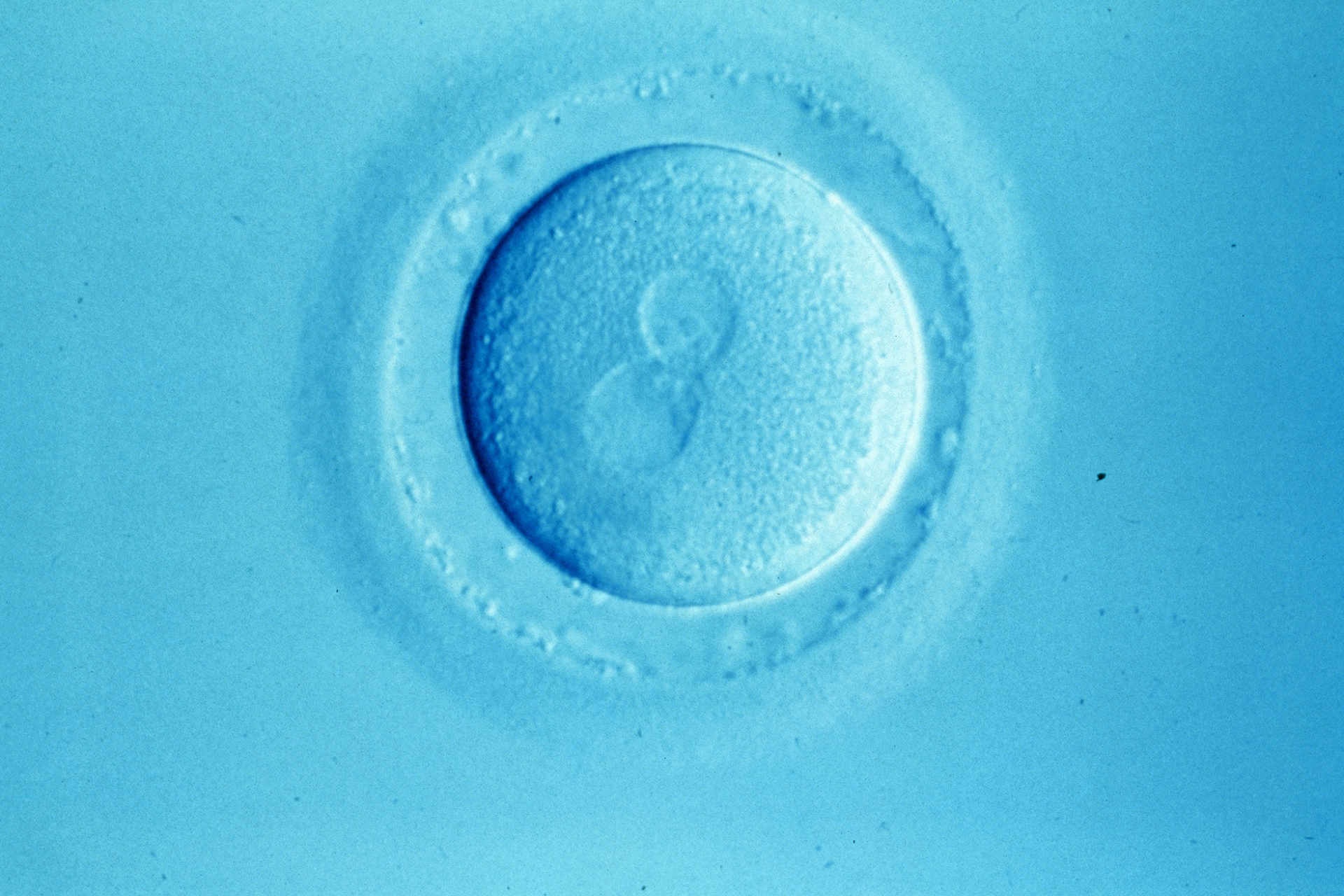It's strange how scientific studies become news stories. Usually, science journalists trawl the reputable journals for published papers which seem to have important or controversial findings. They write up the findings in layman's terms and get them published the following day. But the latest controversy in reproductive science has taken a while to surface.
Over the weekend, many British and American newspapers, television programmes and websites have devoted many column inches and broadcast hours to a story from the US that a number of children have been born after cytoplasm transfer (see this week's top story). But the technique isn't particularly new: the first cytoplasm transfer baby was born four years ago. Nor is the study itself: the paper appeared in the journal Human Reproduction in March, but no-one outside the scientific world took much notice.
For whatever reason the story came to light now, the coverage of it has been curious. Most journalists and broadcasters covering the story described the babies as having two mothers: one who provides DNA in the nucleus and one who provides DNA in the mitochondria. But, as the authors of the study have said, mitochondrial DNA accounts for such a minuscule amount of the total genetic information in the resulting embryo that its origin has a vanishingly small impact on the child. A parent - even in its limited genetic (as opposed to social) sense - must surely mean more than just a provider of 27 of the approximately 30,000 genes in a human being.
But even if these babies born of cytoplasm transfer could be understood to have two biological mothers, why is this wrong? Adopted children have two mothers: the one who gave birth to them and the one who brought them up. Children born as a result of surrogacy arrangements have a biological mother (the woman who provided the egg) and a gestational mother (the woman who carried the pregnancy). If cytoplasm transfer babies have two mothers, this is nothing particularly new.
Cytoplasm transfer may not be a particularly welcome technique, not because it is morally wrong, but because its application in humans could be premature. It is not clear exactly what happens when mitochondrial and nuclear DNA come together in the egg from different sources. Subtle changes could occur which perhaps need further investigation in animals or human embryo research. Perhaps journalists should have concentrated on this issue rather than getting overheated about multiple parents.




Leave a Reply
You must be logged in to post a comment.